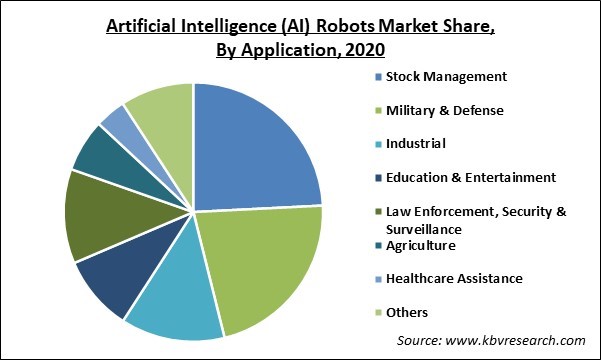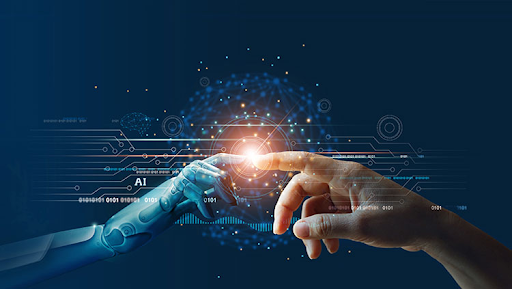
The deep learning methods and algorithms of TensorFlow are used in various applications. They include image recognition, hand-written character classification, recurrent neural networks, word embeddings, and machine translation. Sales analysis is another application. It can also be used to predict the amount of units required for large-scale production. TensorFlow is being used in healthcare to find accurate solutions for patients with medical conditions.
TensorFlow
What is TensorFlow? What is TensorFlow's difference from other deep learning library? There are many important differences. TensorFlow uses graphs for execution. It's a multidimensional array that is made up of multiple variables. Each variable represents an operation, while each variable represents a calculation. Create a graph and a session to create a TensorFlow project.

PyTorch
The Python implementation of Tensorflow includes PyTorch Lightning, a lightweight wrapper over the original Python language. This PyTorch version focuses on modularity, readability, and ease of use. This model makes it easier to code and gives you more freedom to play with its various parts. It is also easier to deploy the model to mobile platforms. Start by importing PyTorch along with the appropriate Python modules. Next, create the model and specify the number of neurons, learning rates, and epochs. After loading the test images, you can run the model. Its accuracy percentage is used as a benchmark for improving the parameters of the model.
XLA
XLA is a deep learning feature in TensorFlow that can significantly improve performance. However, it does come with a cost. The performance boost from XLA is negated by the additional nodes in the graph. The downside is that XLA may not be optimal all the time. Here's why. These are the main pros and cons to XLA. You can weigh the pros & cons and decide for your self.
Data flow graphs
First, enable TensorFlow data flow graphs in the program's settings. Tensors refer to the nodes of the TensorFlow dataflow graph. Tensors are basically multidimensional arrays. But, the implementation does NOT directly adopt this form. Tensors refer to the results of operations in TensorFlow. Each tensor corresponds to one node of the calculation graph. Each node is given a name. This is its unique identifier.
Graphs
TensorBoard’s Graphs dashboard allows you to quickly and easily assess the status of your TensorFlow modeling. Graphs can give you insight into TensorFlow's understanding of your program, and could even lead to a redesign. Here's how to use graphs in your deep learning program. It is simple to see the changes that need to be made in a TensorFlow program.

Hidden layers
A hidden layer is a type of artificial neural network that takes inputs and produces outputs based on those inputs. Hidden layers can be useful when modeling complex data such as images or audio files. The inputs can be randomly assigned and then fine-tuned with a back propagation process. There are two types, convolutional and fully-connected, of hidden layers.
FAQ
How does AI affect the workplace?
It will change the way we work. We'll be able to automate repetitive jobs and free employees to focus on higher-value activities.
It will increase customer service and help businesses offer better products and services.
This will enable us to predict future trends, and allow us to seize opportunities.
It will enable organizations to have a competitive advantage over other companies.
Companies that fail AI adoption will be left behind.
How does AI work
An artificial neural network consists of many simple processors named neurons. Each neuron receives inputs form other neurons and uses mathematical operations to interpret them.
Neurons are arranged in layers. Each layer performs a different function. The raw data is received by the first layer. This includes sounds, images, and other information. It then passes this data on to the second layer, which continues processing them. Finally, the output is produced by the final layer.
Each neuron has its own weighting value. This value is multiplied with new inputs and added to the total weighted sum of all prior values. If the result is more than zero, the neuron fires. It sends a signal up the line, telling the next Neuron what to do.
This continues until the network's end, when the final results are achieved.
Which countries are currently leading the AI market, and why?
China has more than $2B in annual revenue for Artificial Intelligence in 2018, and is leading the market. China's AI industry includes Baidu and Tencent Holdings Ltd. Tencent Holdings Ltd., Baidu Group Holding Ltd., Baidu Technology Inc., Huawei Technologies Co. Ltd. & Huawei Technologies Inc.
China's government is heavily involved in the development and deployment of AI. The Chinese government has created several research centers devoted to improving AI capabilities. These centers include the National Laboratory of Pattern Recognition and State Key Lab of Virtual Reality Technology and Systems.
China also hosts some of the most important companies worldwide, including Tencent, Baidu and Tencent. These companies are all actively developing their own AI solutions.
India is another country which is making great progress in the area of AI development and related technologies. India's government is currently focusing their efforts on creating an AI ecosystem.
Are there potential dangers associated with AI technology?
Of course. There will always exist. AI could pose a serious threat to society in general, according experts. Others believe that AI is beneficial and necessary for improving the quality of life.
AI's potential misuse is one of the main concerns. It could have dangerous consequences if AI becomes too powerful. This includes robot dictators and autonomous weapons.
AI could also replace jobs. Many fear that robots could replace the workforce. Some people believe artificial intelligence could allow workers to be more focused on their jobs.
Some economists believe that automation will increase productivity and decrease unemployment.
How will governments regulate AI
AI regulation is something that governments already do, but they need to be better. They need to make sure that people control how their data is used. Companies shouldn't use AI to obstruct their rights.
They need to make sure that we don't create an unfair playing field for different types of business. For example, if you're a small business owner who wants to use AI to help run your business, then you should be allowed to do that without facing restrictions from other big businesses.
Statistics
- While all of it is still what seems like a far way off, the future of this technology presents a Catch-22, able to solve the world's problems and likely to power all the A.I. systems on earth, but also incredibly dangerous in the wrong hands. (forbes.com)
- According to the company's website, more than 800 financial firms use AlphaSense, including some Fortune 500 corporations. (builtin.com)
- In 2019, AI adoption among large companies increased by 47% compared to 2018, according to the latest Artificial IntelligenceIndex report. (marsner.com)
- A 2021 Pew Research survey revealed that 37 percent of respondents who are more concerned than excited about AI had concerns including job loss, privacy, and AI's potential to “surpass human skills.” (builtin.com)
- The company's AI team trained an image recognition model to 85 percent accuracy using billions of public Instagram photos tagged with hashtags. (builtin.com)
External Links
How To
How to configure Alexa to speak while charging
Alexa, Amazon's virtual assistant, can answer questions, provide information, play music, control smart-home devices, and more. It can even listen to you while you're sleeping -- all without your having to pick-up your phone.
With Alexa, you can ask her anything -- just say "Alexa" followed by a question. She'll respond in real-time with spoken responses that are easy to understand. Plus, Alexa will learn over time and become smarter, so you can ask her new questions and get different answers every time.
Other connected devices can be controlled as well, including lights, thermostats and locks.
Alexa can also be used to control the temperature, turn off lights, adjust the temperature and order pizza.
Alexa to speak while charging
-
Step 1. Turn on Alexa Device.
-
Open Alexa App. Tap the Menu icon (). Tap Settings.
-
Tap Advanced settings.
-
Select Speech recognition.
-
Select Yes, always listen.
-
Select Yes to only wake word
-
Select Yes and use a microphone.
-
Select No, do not use a mic.
-
Step 2. Set Up Your Voice Profile.
-
You can choose a name to represent your voice and then add a description.
-
Step 3. Step 3.
Speak "Alexa" and follow up with a command
You can use this example to show your appreciation: "Alexa! Good morning!"
Alexa will answer your query if she understands it. Example: "Good morning John Smith!"
Alexa will not respond to your request if you don't understand it.
Make these changes and restart your device if necessary.
Notice: You may have to restart your device if you make changes in the speech recognition language.